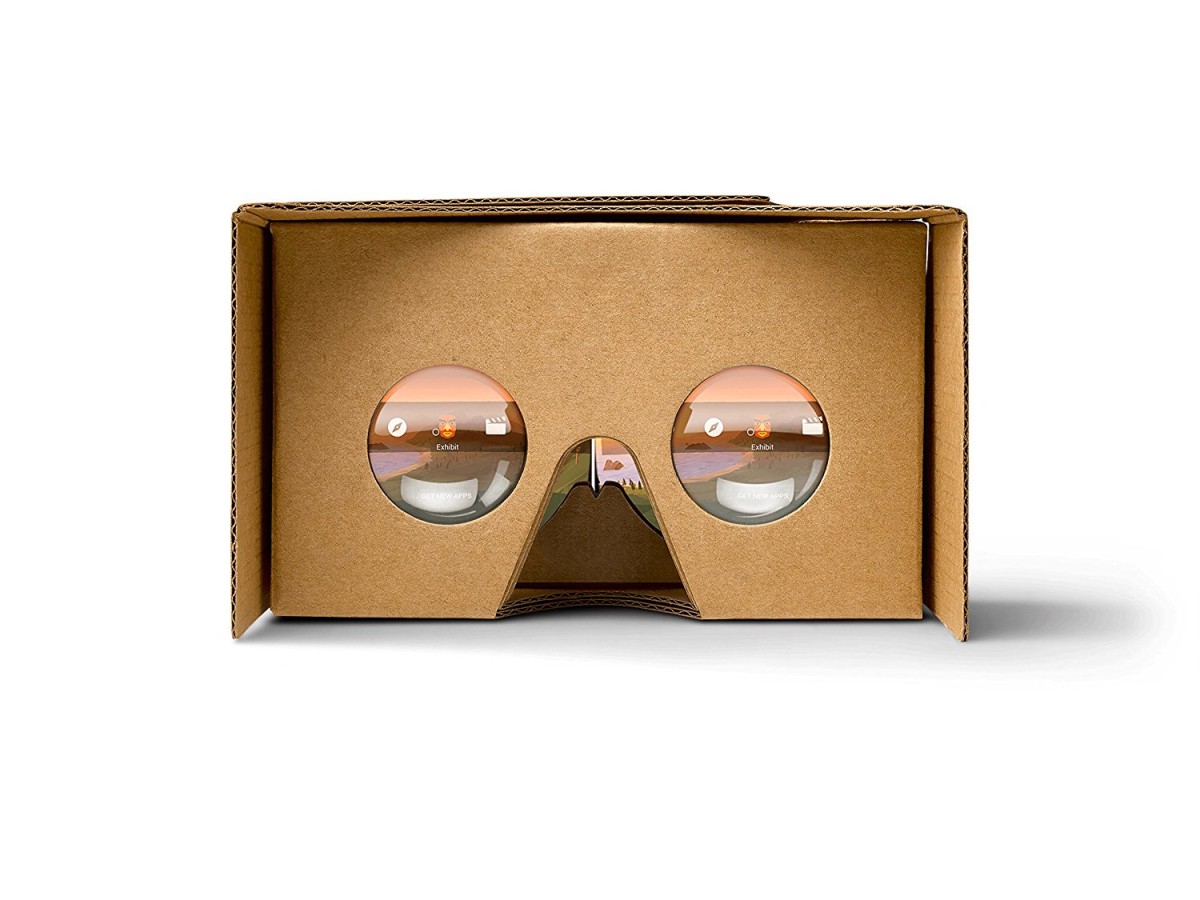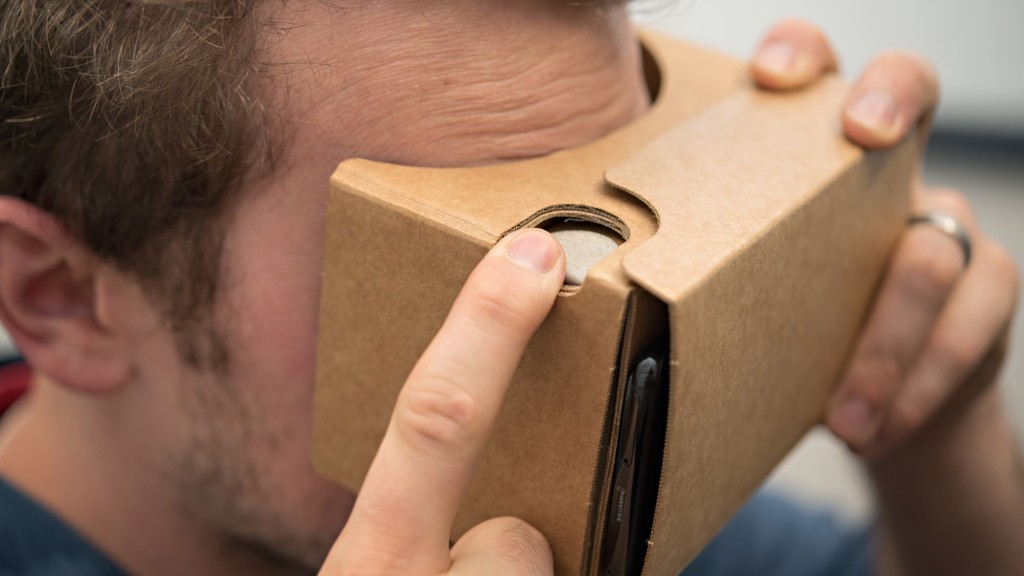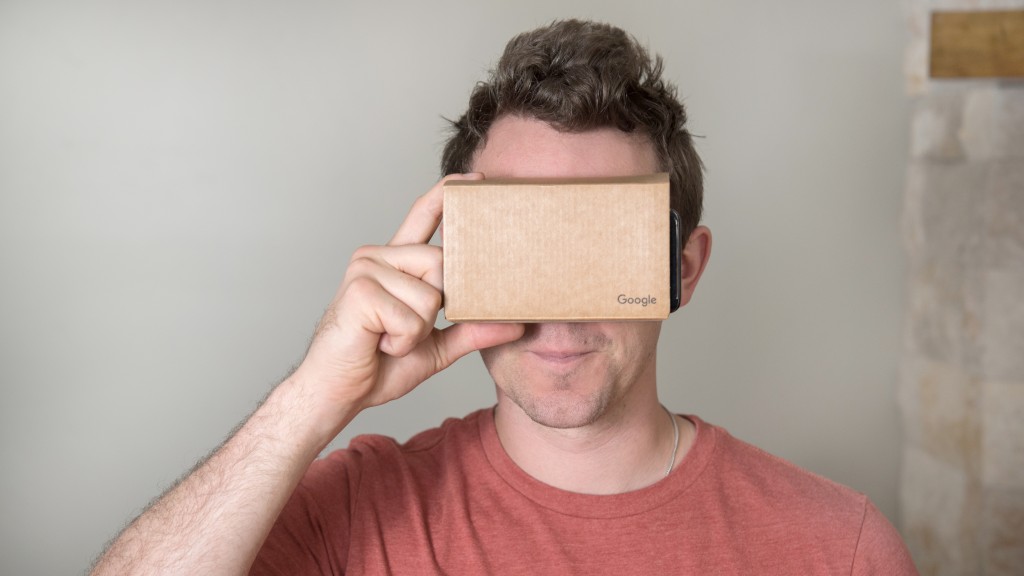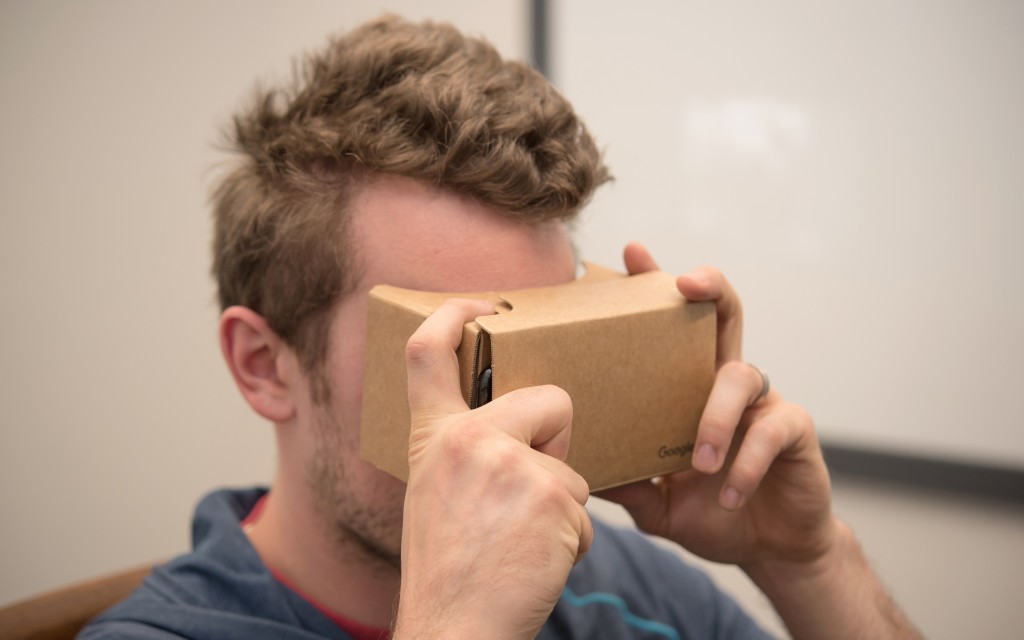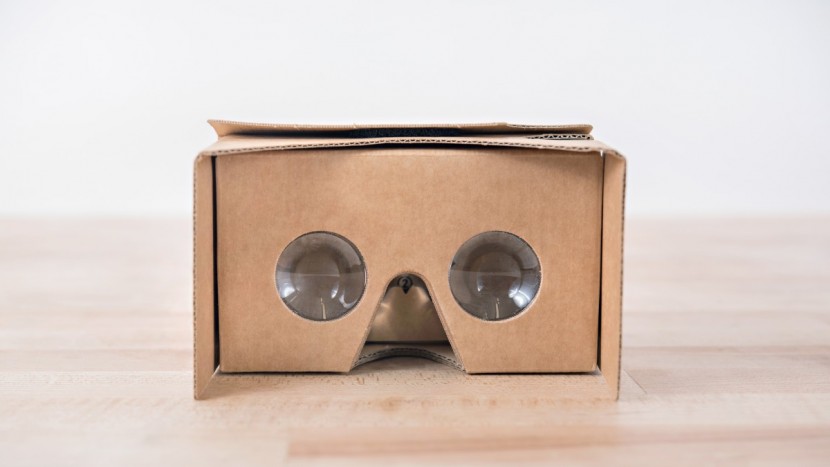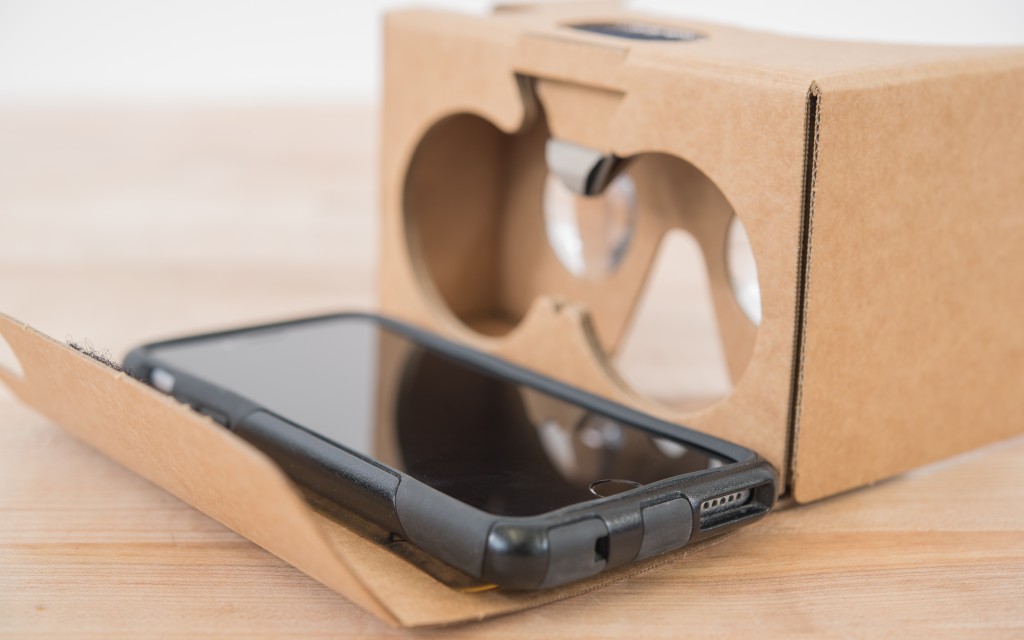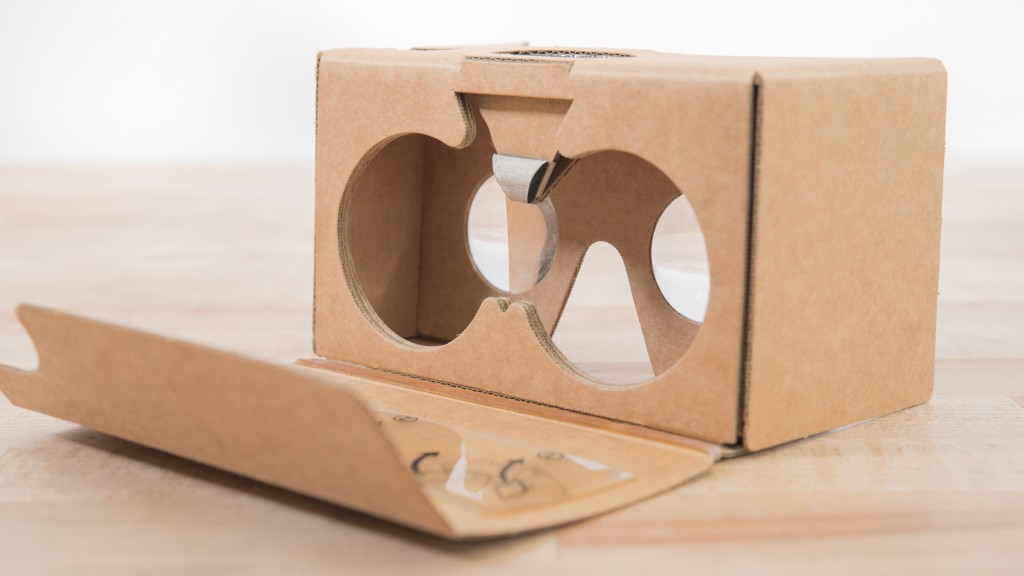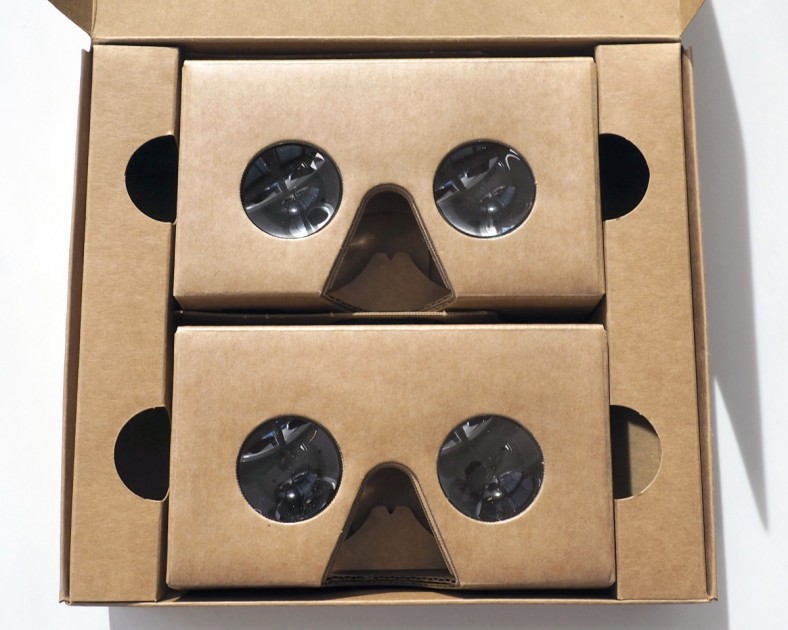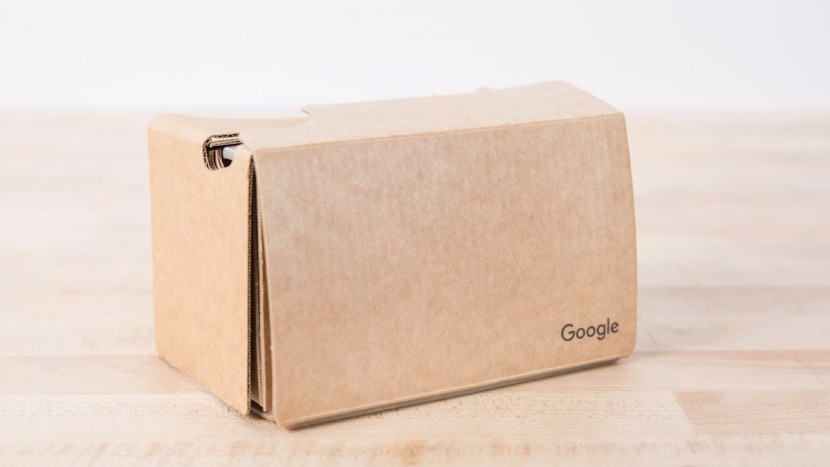Google Cardboard Review
Our Verdict
Our Analysis and Test Results
Though the Cardboard lacks the level of interactiveness that other models have and is not at all comfortable to wear for long periods, it gets the job done and delivers a decent VR experience. It's a great value and is the clear choice for an introductory VR setup that won't cost a ton of cash and won't be a huge investment in time to set up. It is also compatible with iPhones — a bit of a rarity for VR headsets. However, the lack of a head strap makes this product somewhat uncomfortable to wear for prolonged periods. If you are planning on frequently using your VR headset, you may be better served by upgrading to a more comfortable model that doesn't require you to hold the headset in place.
Performance Comparison
Interactiveness
Taking credit for the largest portion of the overall score at 35%, our Interactiveness metric assessed how easy it is to interact with each headset and how accurate the motion tracking of both the headset and the remote is, if there is a handheld remote. The Cardboard didn't do particularly well, meriting a subpar score.
There is only a single button on the headset itself, placed on the top and reminiscent of a camera shutter button.
This offers limited control, but it did work reliably. This headset can track your motion as you look around in all directions, but won't monitor any motion as you walk around. The motion tracking as you looked around seemed reasonably accurate. However, this headset also lacks a handheld remote, so no method of interacting with it there.
Visual Immersiveness
Next up, we had our Visual Immersiveness set of tests. These tests took credit for 25% of the total score for the Cardboard, based on the sharpness, resolution, and overall image quality for each headset, as well as if it sufficiently blocked out ambient light. The Cardboard scored alright in this metric, earning a 6 out of 10.
The Cardboard does not have any form-fitting material around the area your face contacts, so it does let in a decent amount of ambient light — enough where it could be distracting. The resolution and sharpness of the image are dependent on the phone used, but we found that it was quite good when using a Google Pixel XL phone. The overall image quality is quite good, though the field of view is a little on the narrow side, about 90°.
Comfort
Next up in our testing process is our Comfort metric, comprising 20% of the overall score as well. We evaluated the level of ventilation present, whether or not you could wear glasses when using the headset, and how comfortable it is to wear the headset for a long period. The Cardboard didn't do amazingly well in this metric, comparing unfavorably with the rest of the headsets in the group.
The Cardboard isn't terribly comfortable to wear, but you have to hold it against your face, which grows tiring. Furthermore, the edges of the cardboard will press into the sides of your face uncomfortably.
However, there is a reasonable amount of room for glasses and more than adequate ventilation to keep the lenses fog-free.
User Friendliness
This next metric assesses how much work it was to get the headset ready for use, whether or not you needed to take your phone out of the case to use the headset or if it is easy to inadvertently hit a button on the phone, as well as the difficulty in getting headphones hooked up.
It was quite easy to hook up headphones to your smartphone when using the Cardboard, as it did not obstruct the audio port at all. The cover folds out, making it a snap to insert your smartphone, but the phone does rest on its side, making it possible to press one of the side buttons accidentally while in use.
However, this never happened to us throughout our course of testing. The Cardboard also allows you to leave most cases on your phone, though it is a little snug for some of the more rugged cases.
Ease of Setup
Our final metric accounts for the remaining 10% of the total score, taking into account the difficulty of installing hardware, configuring the software, and the amount of required hardware to run the system properly to determine the scores.
There is practically no assembly required with the Cardboard, essentially ready to go right out of the box.
The only software install required is downloading the Google Cardboard app, though it isn't necessary to do this to start watching YouTube videos in VR. The Cardboard is compatible with a wide range of phones, with more being added all the time.
Value
The Cardboard is an exceptional value, offering decent VR performance at a price that can't be beaten.
Conclusion
For those searching for an acceptable VR experience and who don't want to spend much to try it out, the Google Cardboard is a clear choice.


